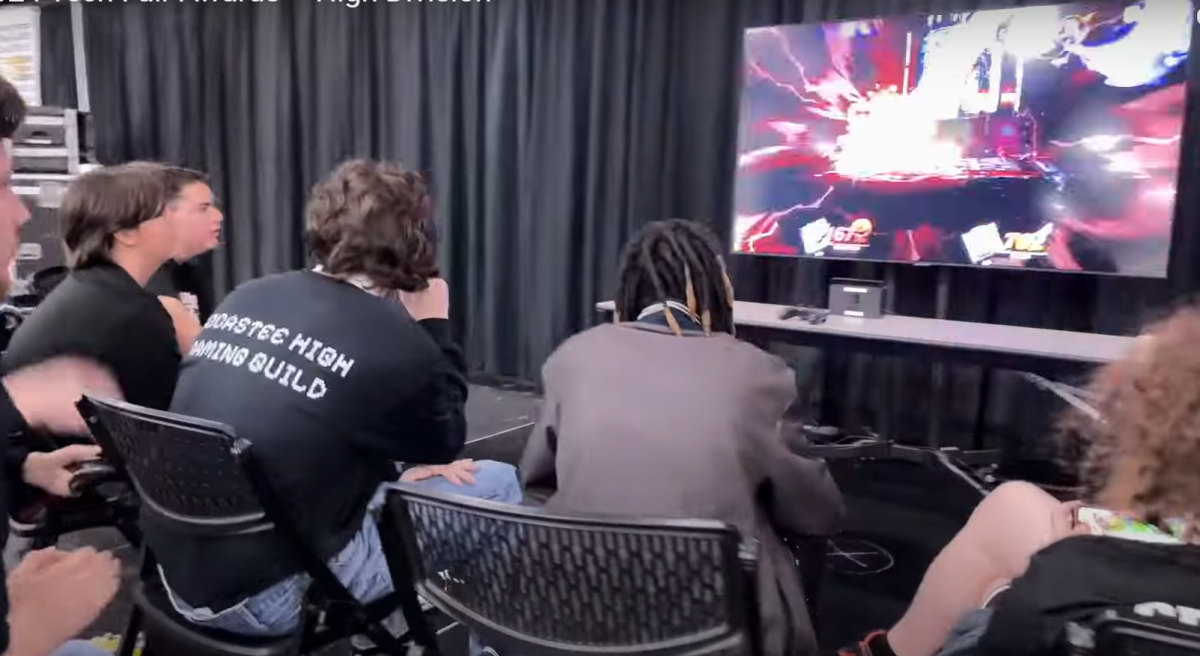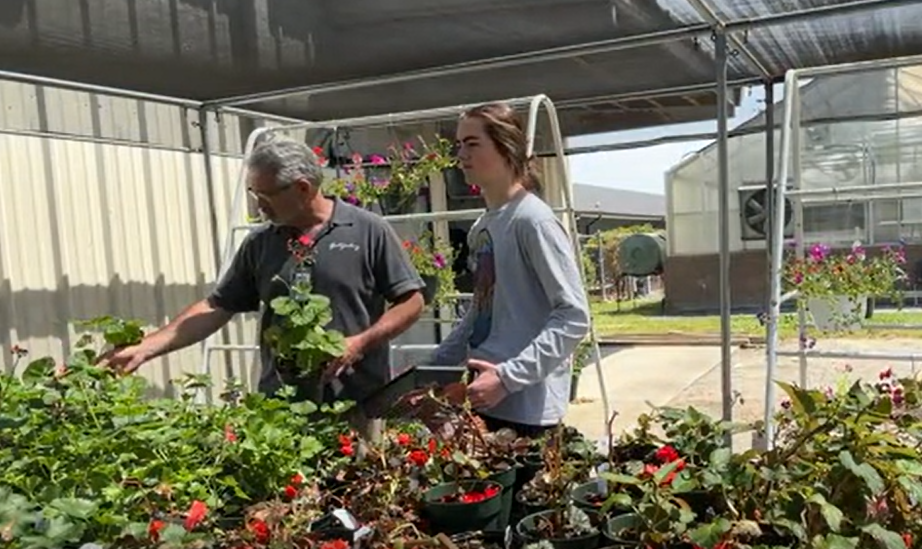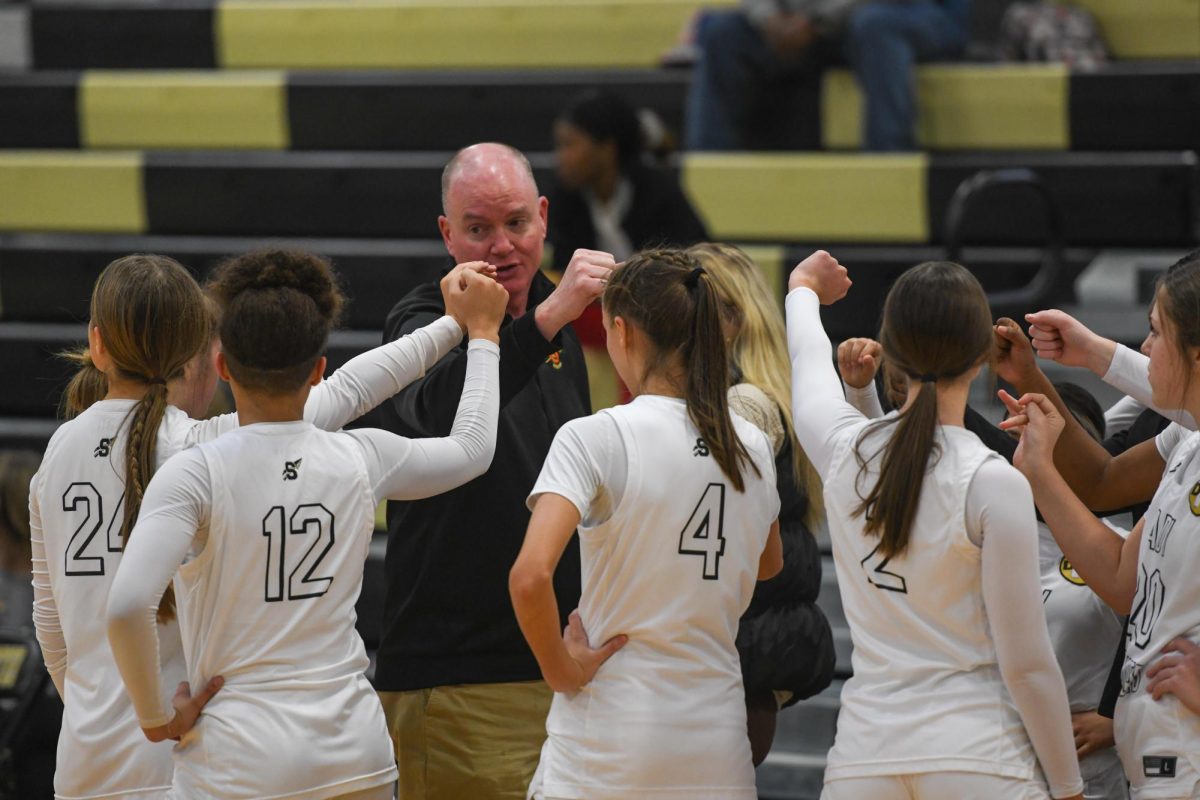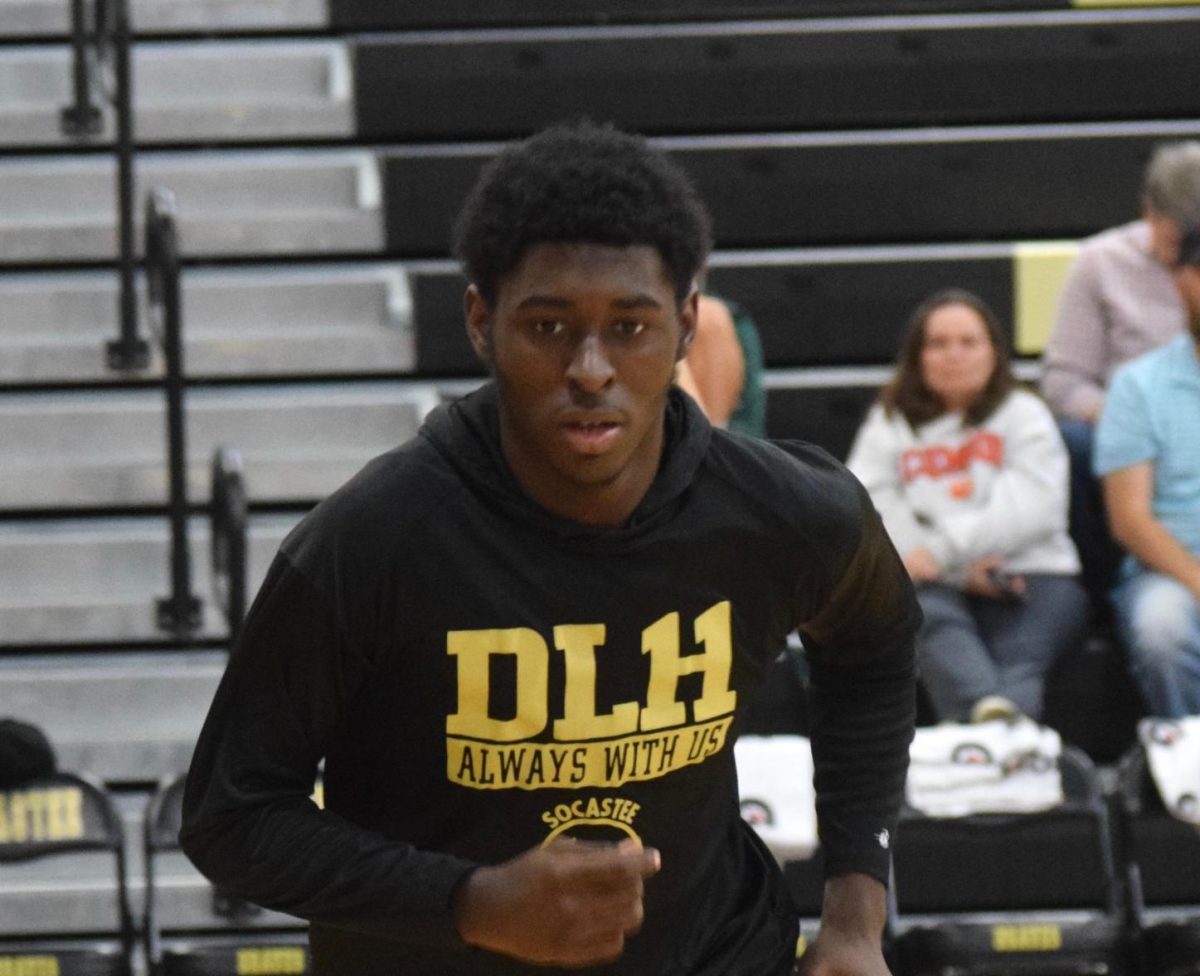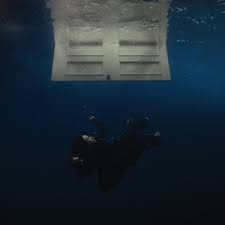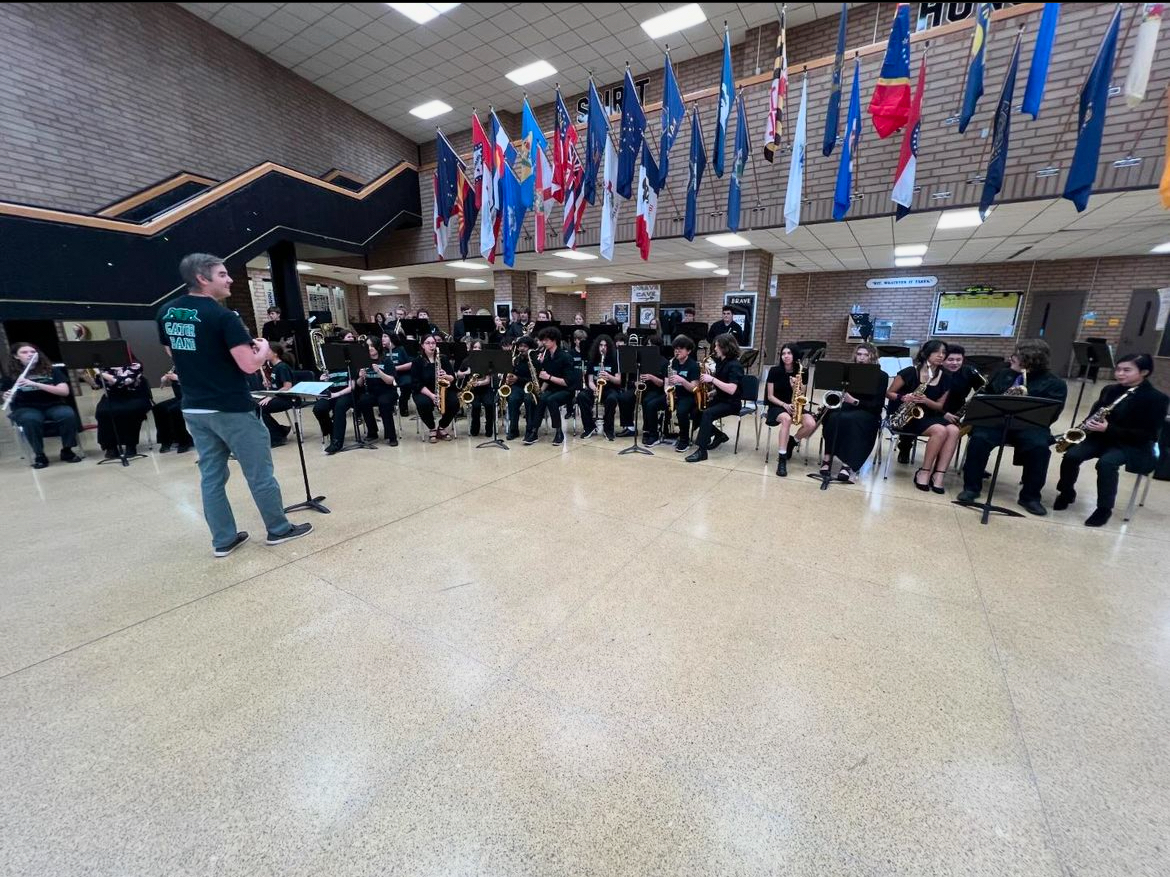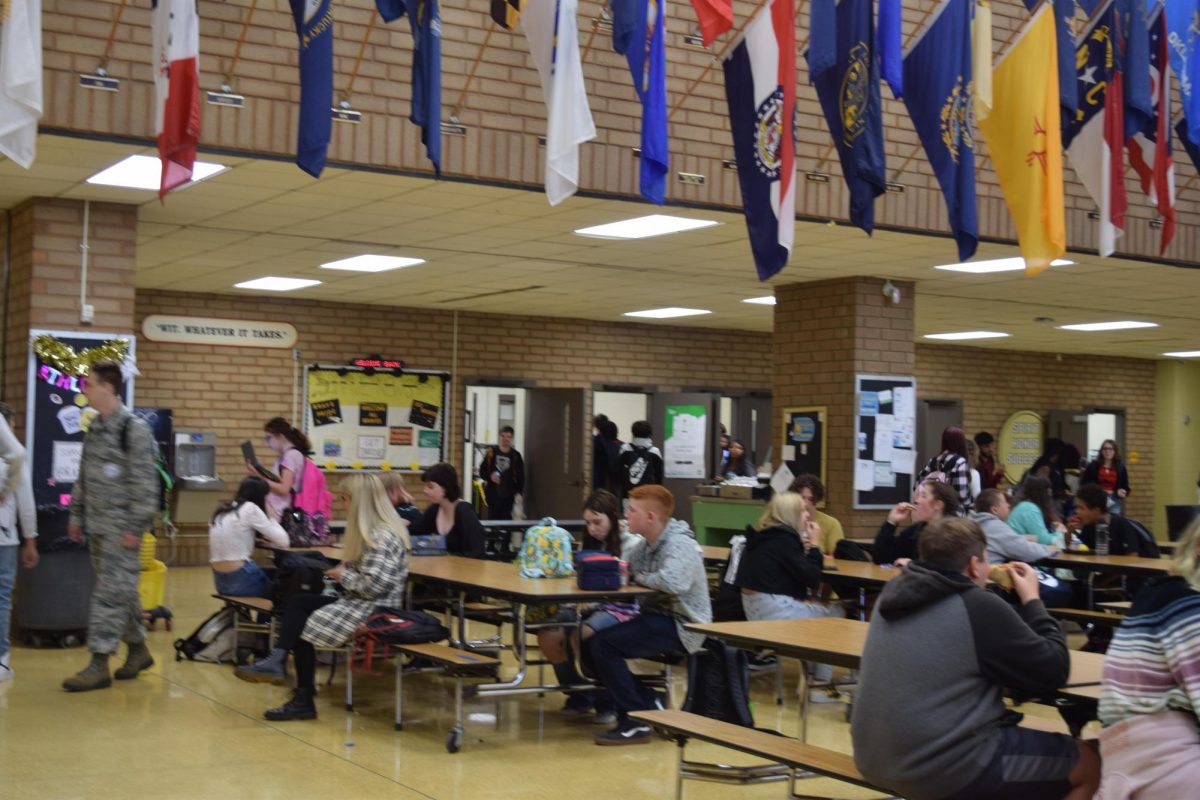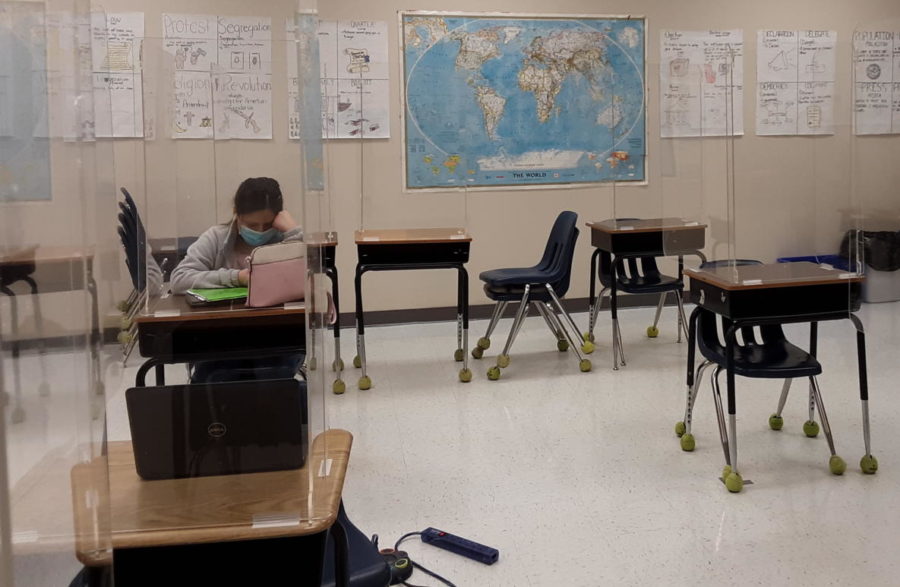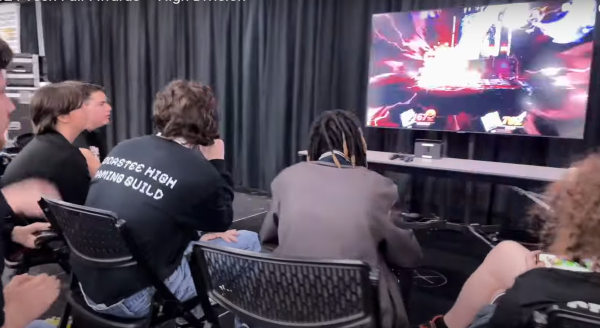Plexiglass Puts School on Path to Regular Schedule
Social studies classrooms were among those receiving newly installed plexiglass.
Most classrooms have had plexiglass up for a few weeks now. While many students and teachers are having a hard time adjusting, they seem to understand it as a “necessary evil” to get the school back to a five-days-a-week in-person schedule.
Most of the rooms with desks received plexiglass on March 10, a day earlier than planned. There is still not a date set of when the rest of the building (mainly rooms with tables) will get their plexiglass, although Principal Mr. Jeremy Rich guesses it will be some time next week.
“They were supposed to come last Friday, and finish off what we call the tabletops,” he said Friday. “But they missed our school, and ended up going to St James. So right now I’m just waiting on a date that they’ll come and finalize ours.”
Horry County Schools decided back in the fall they would install plexiglass to allow all students to return to a regular schedule. Installation began over Christmas break, and all of the elementary and middle schools along with most of the high schools in the county have now received plexiglass. Once each school’s plexiglass was installed, they resumed going five days.
“The purpose of the plexiglass is to narrow down the footage that has to take place between each student from six feet to three feet,” Mr. Rich said, “which will allow us to get everyone back in the building.”
Mr. Rich is not sure how long the plexiglass will remain in classrooms.
“I’m hopeful that it’ll only be for the remainder of the school year, but no decision has been made on that.”
He said Horry County Schools Superintendent Dr Rick Maxey said at the school board meeting Monday night that they’ll follow the recommendations from the South Carolina Department of Health and Environmental Control, the Centers for Disease Control and the State Department of Education.
“If we don’t need it, then I’m sure we’ll get rid of it,” Mr. Rich said.
The plexiglass has had an impact on the way the teachers and students communicate while in the classroom. It also has limited the mobility of teachers walking around to the students.
“It has absolutely changed how I go about communicating with students and how I circulate in my room.” Spanish Teacher Mr. Matthew Paerris said. “It’s harder for a bigger guy like me to walk through the aisles in the classroom, and can make it harder to help students one-on-one. It is annoying, but I understand the thought behind it.”
This problem of mobility is not just limited to the teachers.
“Students have told me that the work area is significantly compromised as a result of the plexiglass.” Social Studies Teacher Mr. Eric Sauthoff said. “They also installed every one of them to the benefit of left-handed people when the vast majority of students are right handed.”
However, Mr. Sauthoff is glad the plexiglass will allow all students to get back to a regular schedule and should improve learning overall.
“It’s a necessary evil in order to get all students in class each day and off the computers for Google Meets, which don’t give the same type of feel that being in class does,” he said.
Mr. Rich agrees.
“We could look at some filtration things as well for air systems that could be beneficial as well,” he said. “But if that’s what it takes to get [students] back in the building, then I’m for it.”
Horry County Schools is looking into spending about $7 million to install technology that will help filter harmful particles out of the air.
“The systems would help improve overall air quality,” HCS Chief of Support Services Daryl Brown told the Board of Education last week, noting the system would also help with problems such as bacteria, viruses, germs, dust, pollen and mold. “It will benefit [the district] even after this pandemic passes us.”
The Needlepoint Bipolar Ionization (NPBI) technology would be paid for using newly-available federal CARES Act funds. Brown said the initial estimate for the project is between $6 and $7 million.

Lyla Gordon is a freshman who was a part of the yearbook staff in middle school. She joined yearbook/journalism because she enjoys writing and taking pictures...


